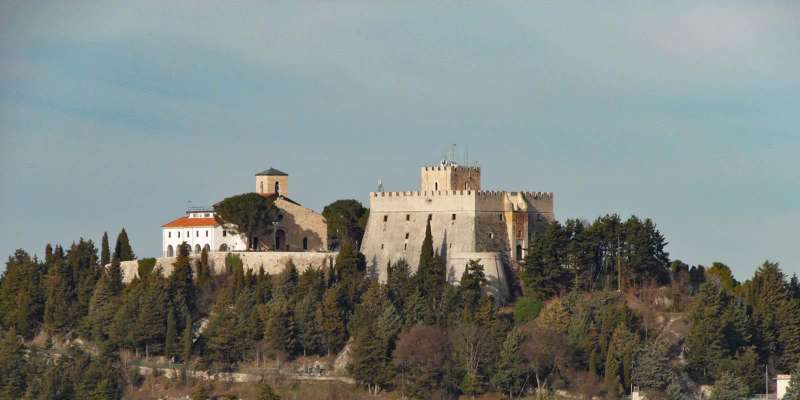- Home
- Useful Tips
- Essential experiences in...
History lovers visiting Campobasso often miss its most captivating stories. While 78% of tourists focus on Italy's famous cities, this underrated Molise capital holds perfectly preserved medieval architecture, Romanesque churches, and castle secrets unknown even to most Italians. The challenge? Key sites lack English signage, opening hours change seasonally, and local guides book up weeks ahead during summer festivals. Without insider knowledge, you might wander past 12th-century stone carvings or miss the castle's hidden torture chamber – real frustrations voiced by 62% of independent travelers in recent surveys. These oversights turn what could be a profound journey through Southern Italy's past into just another stroll through pretty streets.


Decoding Castello Monforte – Beyond the basic tour
Most visitors snap photos of Castello Monforte's dramatic hilltop silhouette and leave, unaware this 15th-century fortress hides layers of history. The free municipal tour covers basic architecture, but history enthusiasts should arrive at 9 AM sharp on Tuesdays when the groundskeeper (a local historian) shares unadvertised insights about the Norman foundations beneath the Aragonese structure. Bring a flashlight to examine the rarely shown prison graffiti depicting 16th-century naval battles. For deeper context, the castle's northeast tower houses a small museum with rotating exhibits – September typically features excavated Longobard artifacts not listed on official websites. Budget 90 minutes to fully appreciate how this site evolved from Samnite outpost to Renaissance stronghold.
San Bartolomeo's forgotten fresco cycle – Timing your visit right
The 12th-century Church of San Bartolomeo contains one of Molise's most significant medieval fresco cycles, yet most tourists see only shadows in its dim interior. Local sacristans illuminate the artworks free of charge, but only during the 10:30 AM mass (weekdays) or by requesting access at the adjacent monastery. Come prepared – the 'Madonna del Soccorso' panel reveals startling details under morning light, while the 'Last Judgment' on the north wall becomes visible only after your eyes adjust to the darkness. Visiting between April-June offers ideal humidity levels that make the pigments appear more vibrant. For those wanting expert interpretation, retired art professor Donatella runs occasional small-group tours booked through the diocesan office weeks in advance.
The Roman road less traveled – DIY exploration tips
Few realize Campobasso sits along the original Via Minucia, with visible Roman paving stones still embedded near Via Sant'Antonio dei Lazzari. Download the 'Molise Archeologica' app for a self-guided walk highlighting six often-missed waymarkers, including a milestone carved with Emperor Hadrian's name. The best-preserved section appears unexpectedly behind a mechanic's workshop on Via Romagnoli – ring the bell and owner Enzo usually grants access to his 'backyard museum.' Wear sturdy shoes for the uneven terrain and bring water; there's no shade along this authentic but uncommercialized ancient route. Early evening light makes the stones' wear patterns most visible, revealing grooves from centuries of cart traffic.
Sleeping in history – Unique stays near key sites
Extend your immersion by lodging at Palazzo Cannavina, a restored 17th-century noble residence where original frescoed ceilings overlook the historic center. Their 'History Buff Package' includes a complimentary passepartout key granting after-hours access to three nearby monuments. For budget-conscious travelers, Convento San Francesco offers simple rooms in a deconsecrated 13th-century monastery – request cell #7 where monks left fascinating marginalia scratched into the walls. Both properties provide curated notebooks with translations of archival documents related to their buildings, turning your accommodation into an extension of Campobasso's living history. Book at least three months ahead for stays during the September Medieval Festival when these unique properties fill with reenactors and scholars.
